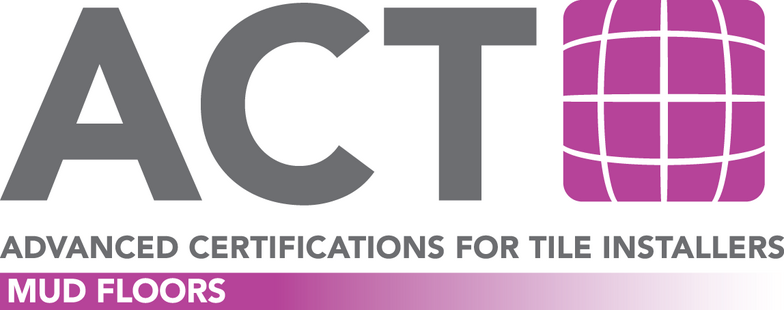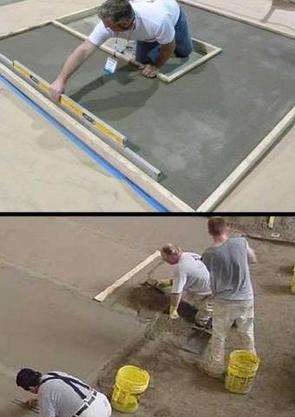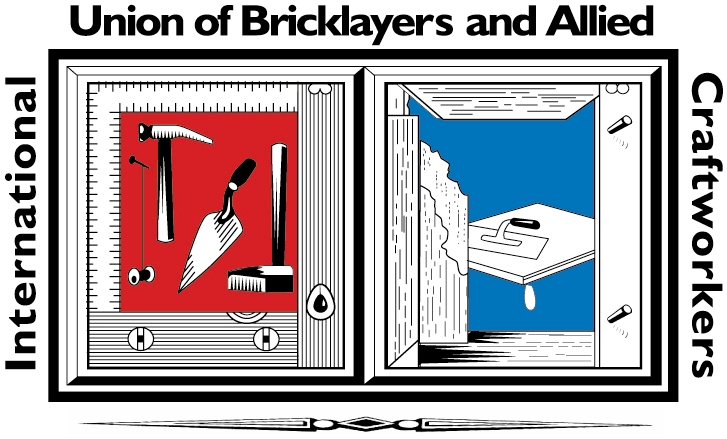Who will hold the certification?
Certifications are not held by the tile contractor or the employer, rather they are held by the individual Installer upon completion of the certification.
Are there any other advanced certifications?
Currently the ACT certifications are limited to the four listed above. The ACT Advisory Committee anticipates that certifications in additional advanced skills will be added to the program in the near future.
Can an installer hold more than one advanced certification?
An installer can hold one or more advanced certification. Each ACT certification is a stand-alone unit, allowing the installer to customize certification to meet individual or company needs.
For more information on ACT certification and to obtain test dates and locations, visit:
or call 1-864-222-2131
(for installer members of IUBAC)
or contact Teri Indelli (IMI) at
630-396-3144, or by email
Tile installers who are pre-qualified may take the ACT test in Mortar (Mud Floors). Installers pre-qualify for this test in one of two ways:
- A tile installer who has successfully completed the Certified Tile Installer (CTI) test administered by the Ceramic Tile Education Foundation; or
- A tile installer who has achieved the rank of journeyman tile setter through successful completion of the apprenticeship training program conducted by the International Union of Bricklayers and Allied Craftworkers.
Historically, a tile installer floated cement based mud on walls and floors before tile was set on these surfaces. The intent was to prepare a flat surface that was in-plane, so the finished produce appeared straight and true. With the advent of new adhesives, many tile installers never learned how, or over time lost the ability, to float a wall with mud. Yet, when out-of-tolerance conditions are found in a wall or floor scheduled to receive tile, the best solution is to install a reinforced mortar bed over the irregular substrate.
Concrete slabs installed in accordance with concrete industry standards are generally not flat enough for floor tile - whether ceramic or stone - and the concrete often curls at joints and at the end of slabs. The floor tolerance required by the tile industry when using tile smaller than 15" on any one side is 1/4" in 10 feet. A typical concrete slab will not meet this tolerance. Large format tile (any one side is over 15") presents an even greater problem, as the required tolerance for flatness is 1/8" in 10 feet. The average concrete substrate simply will not meet this standard; the solution is to float out the floor with a mortar bed designed for the specific conditions presented.
The ACT for Mortar (Mud Floors) is designed to test the installer's knowledge in these areas and to certify those installers with the skills necessary to properly float a floor. Installers who successfully complete this test gain the distinction of being an ACT certified Mortar (Mud Floors) specialist.
The Study Guide for Mud Work offers more information on the scope of this certification test and the certification test for Mortar (Mud Walls).








